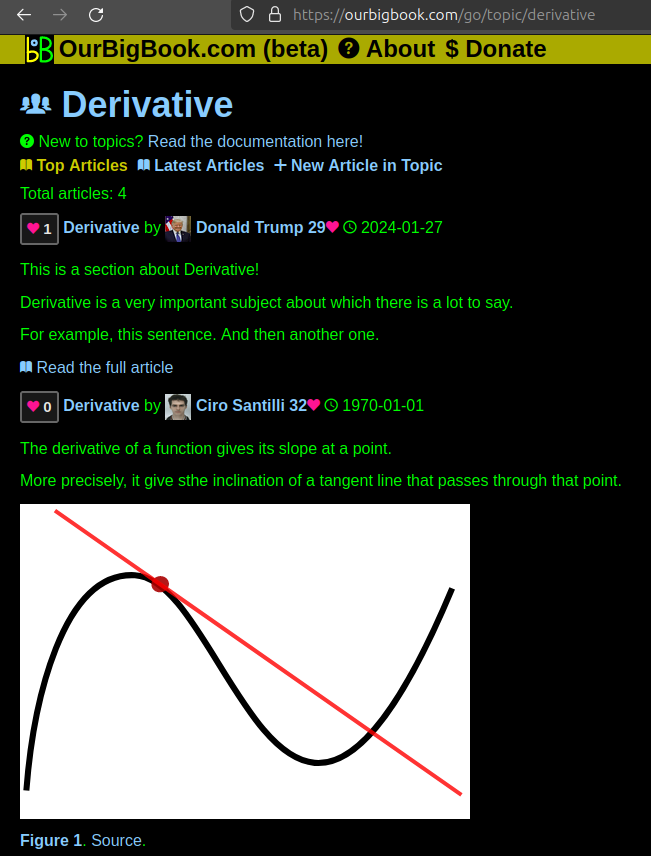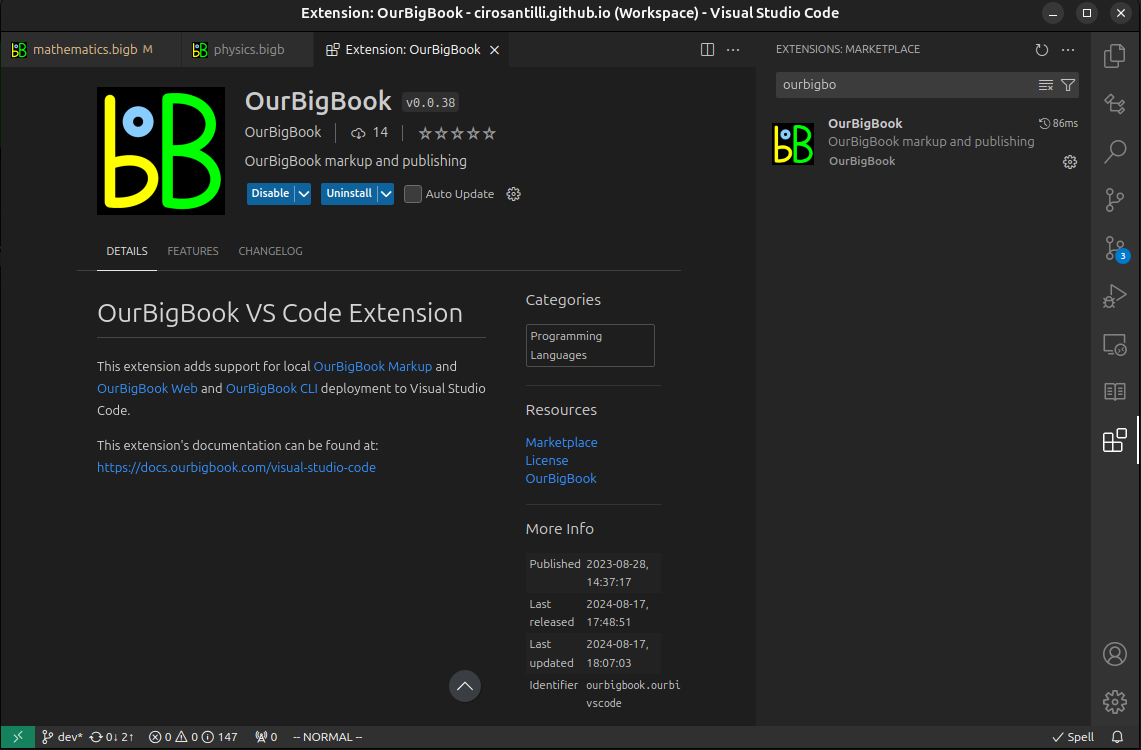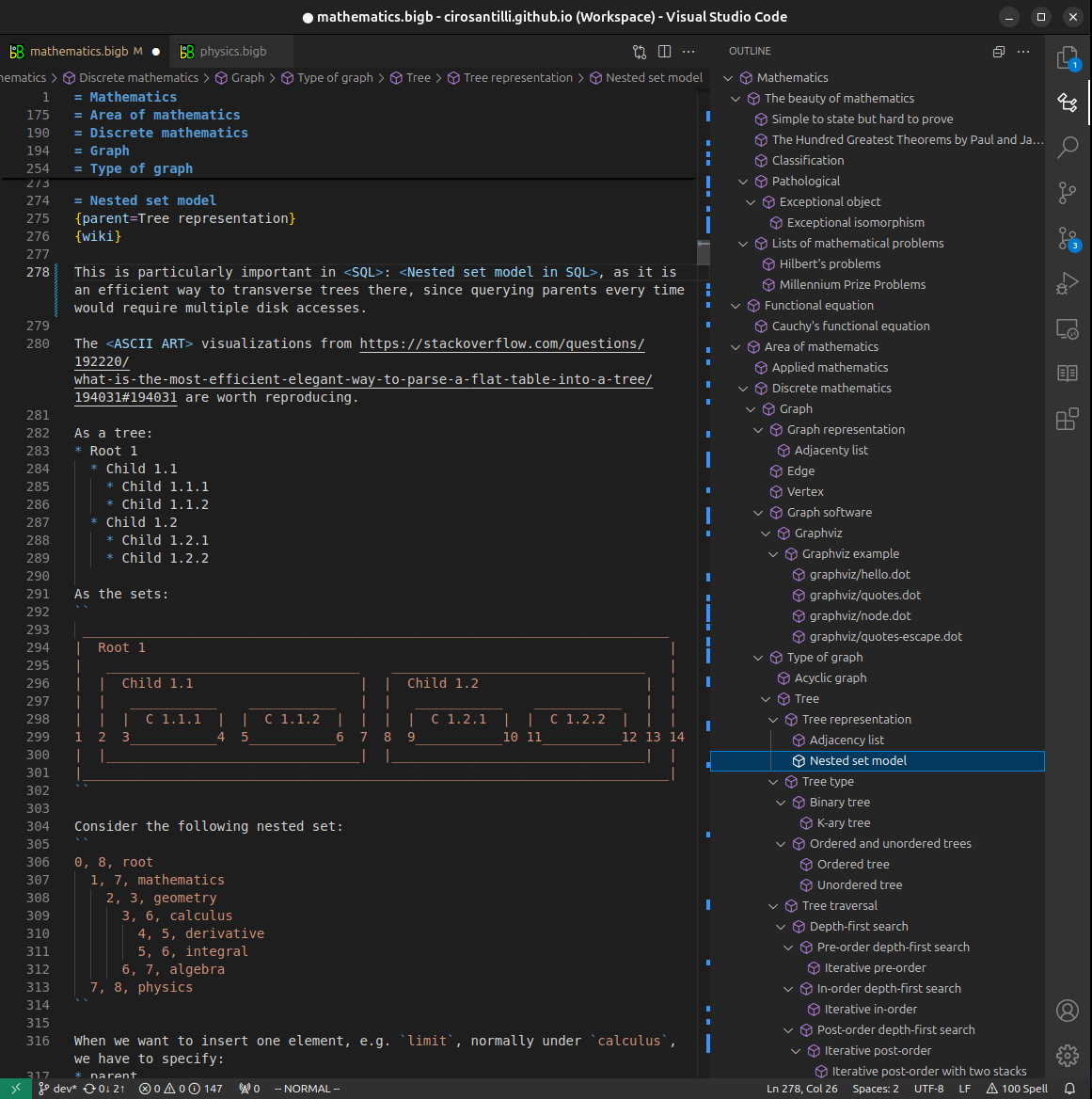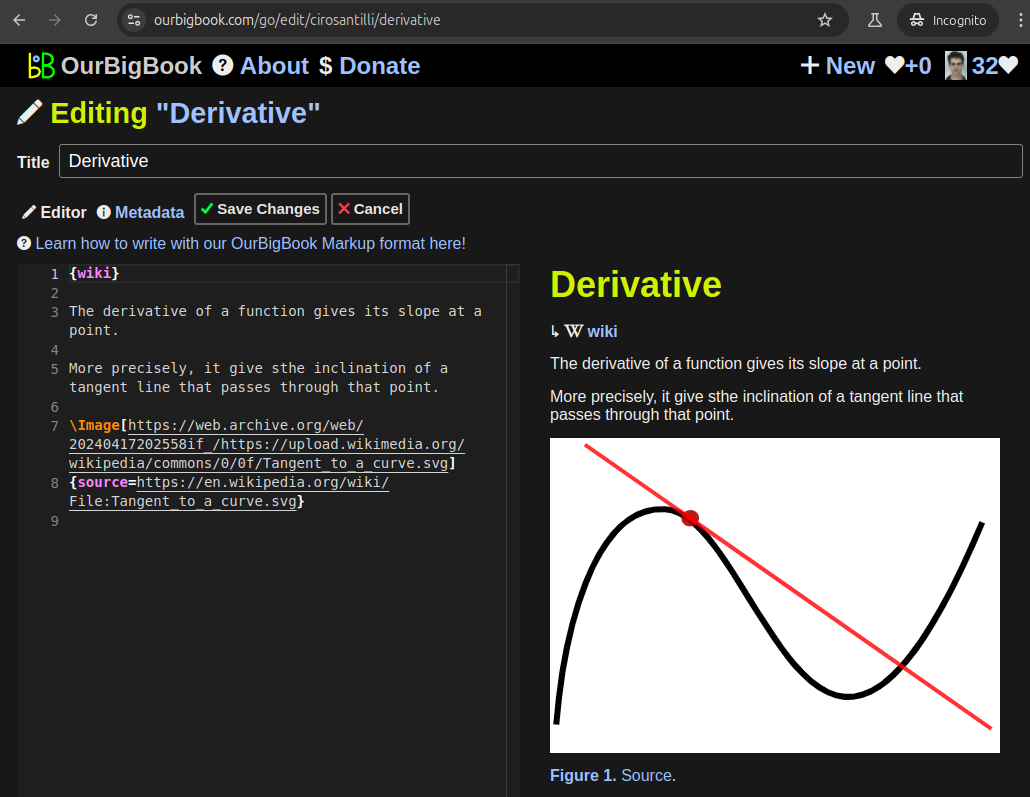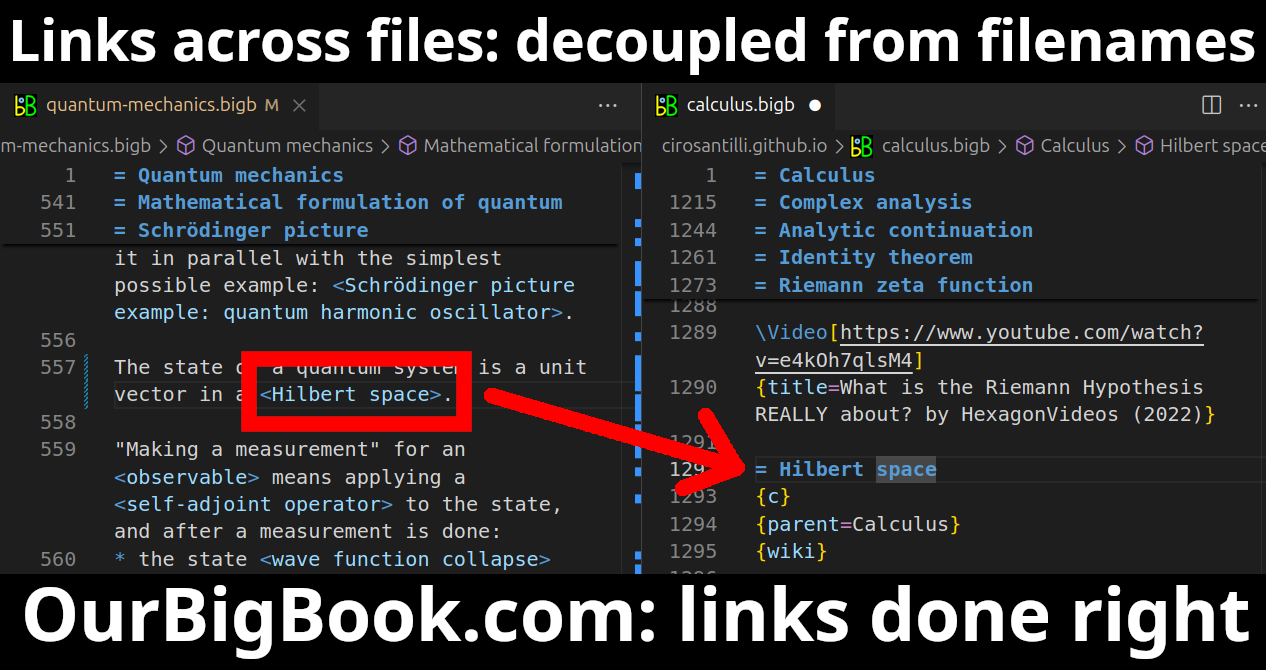Leonard Bosack is an American computer scientist and engineer, best known as one of the co-founders of Cisco Systems, a multinational technology company that specializes in networking hardware, software, and telecommunications equipment. Bosack and his wife, Sandy Lerner, started Cisco in 1984, initially to develop and sell routers, which are hardware devices that forward data packets between computer networks.
Léon Van Hove might refer to a few notable topics, but he is primarily known as a Belgian physicist renowned for his contributions to theoretical physics, particularly in the fields of statistical mechanics and quantum field theory. He is recognized for his work on the foundations of statistical mechanics and has published numerous papers and studies through his career.
Levenshtein coding is a method related to error detection and correction that is based on the concept of the Levenshtein distance, which measures how different two strings are by counting the minimum number of single-character edits (insertions, deletions, or substitutions) required to transform one string into the other. The Levenshtein distance is commonly used in various applications such as spell checking, DNA sequencing, and natural language processing, where it is important to measure the similarity between strings.
Lexus Link is a connected car service from Lexus, designed to enhance the ownership experience by integrating technology into various aspects of vehicle use and maintenance. The service provides features such as: 1. **Remote Access**: Owners can remotely start their vehicles, lock or unlock doors, and check the status of their vehicle from a mobile app. 2. **Maintenance Alerts**: Lexus Link can notify owners about upcoming maintenance needs, service reminders, and other important vehicle alerts.
The Life Quality Index (LQI) is a composite measure designed to evaluate the overall quality of life in a specific area or population. It typically considers various socioeconomic, environmental, and health-related factors to provide a comprehensive picture of living conditions. Key components that may be included in the calculation of the Life Quality Index are: 1. **Economic Factors**: Income levels, employment rates, and economic stability.
Ligeti Ridge is a prominent geographical feature located on the dark side of the moon, specifically in the region known as the lunar highlands. It was named in honor of the Hungarian composer György Ligeti, known for his influential work in contemporary classical music. Ligeti Ridge is characterized by its rugged terrain and unique geological formations, which have been the subject of interest for lunar scientists and researchers studying the Moon's geology and formation.
A lightning arrester, also known as a lightning rod or surge protector, is a device designed to protect structures and electrical equipment from the damaging effects of lightning strikes. Lightning arresters are typically used to intercept lightning strikes and provide a safe path for the electrical discharge to follow, directing it safely into the ground. ### Key Components and Functionality: 1. **Lightning Rod:** This is usually a metal rod placed at the highest point of a structure.
A lightning prediction system refers to a technological solution or method used to forecast and detect lightning activity in a particular area. These systems aim to provide timely warnings to help protect people, property, and infrastructure from the hazards associated with lightning strikes. Key features of a lightning prediction system typically include: 1. **Detection**: Using sensors or networks that can detect lightning strikes in real time. This often involves using a combination of ground-based detectors and satellite data.
Lillian Lee is a prominent computer scientist known for her contributions to the fields of natural language processing (NLP) and human-computer interaction. She is a professor in the Department of Computer Science at Cornell University and is also affiliated with the Department of Linguistics. Her research interests encompass computational linguistics, text mining, sentiment analysis, and the intersection of computer science with social science.
A Linear Bounded Automaton (LBA) is a type of computational model that is a restricted form of a Turing machine. Specifically, an LBA operates on an input tape of finite length and is constrained to use only a bounded amount of tape space relative to the length of the input. Here are some key characteristics of LBAs: 1. **Tape Length**: An LBA has a tape whose length is linearly bounded by the length of the input.
BamHI is a type II restriction enzyme that is commonly used in molecular biology for DNA manipulation and cloning. It recognizes a specific DNA sequence and cleaves the DNA at that site. The recognition sequence for BamHI is the palindromic sequence 5'-GGATCC-3'. When BamHI cuts DNA, it produces sticky (or cohesive) ends, which are single-stranded overhangs that can facilitate the ligation of DNA fragments during cloning experiments.
The list of asteroid close approaches to Earth includes information about asteroids that come near our planet at relatively close distances. These approaches are typically measured in lunar distances (the distance from the Earth to the Moon, about 384,400 kilometers or 238,855 miles). Asteroids that make close approaches can vary in size, speed, and characteristics.
ASTM International has developed a vast array of standards encompassing numerous industries and applications. The standards designated with the prefix "D" are generally related to materials and testing processes. The range from D5001 to D6000 includes various standards in fields such as construction, materials, environmental testing, and more.
The original "MacGyver" TV series, which aired from 1985 to 1992, received various awards and nominations throughout its run. Here's a summary of its notable achievements: ### Awards: 1. **Primetime Emmy Awards**: - Won 1 Emmy Award: Outstanding Sound Editing for a Series (1991). - Nominated for additional awards in categories like Outstanding Stunt Coordination.
Acid guanidinium thiocyanate-phenol-chloroform extraction is a biochemical technique primarily used for the isolation and purification of RNA from biological samples. This method is effective in disrupting cellular structures and denaturing proteins, which allows for the efficient extraction of nucleic acids.
"De rerum natura" (On the Nature of Things) is a philosophical poem by the Roman poet and philosopher Lucretius, which explores Epicurean philosophy and the nature of the universe. There have been several English translations of this work over the years. Here are some notable ones: 1. **William Ellery Leonard (1916)** - This was the first significant verse translation into English, which sought to maintain the poetic structure. 2. **H. A. R.
A list of geophysicists typically refers to a compilation of notable scientists who have made significant contributions to the field of geophysics, which is the study of the physical properties and processes of the Earth. This can include areas such as seismology, volcanology, geomagnetism, and aeronomy, among others.
As of my last update in October 2023, life expectancy at birth varies significantly across different states in India, reflecting disparities in healthcare, nutrition, sanitation, and economic conditions. Here are some general trends: 1. **Higher Life Expectancy**: States like Kerala, Goa, and Punjab often report higher life expectancies, generally above 75 years, due to better healthcare systems, higher literacy rates, and improved living conditions.
Pinned article: Introduction to the OurBigBook Project
Welcome to the OurBigBook Project! Our goal is to create the perfect publishing platform for STEM subjects, and get university-level students to write the best free STEM tutorials ever.
Everyone is welcome to create an account and play with the site: ourbigbook.com/go/register. We belive that students themselves can write amazing tutorials, but teachers are welcome too. You can write about anything you want, it doesn't have to be STEM or even educational. Silly test content is very welcome and you won't be penalized in any way. Just keep it legal!
Intro to OurBigBook
. Source. We have two killer features:
- topics: topics group articles by different users with the same title, e.g. here is the topic for the "Fundamental Theorem of Calculus" ourbigbook.com/go/topic/fundamental-theorem-of-calculusArticles of different users are sorted by upvote within each article page. This feature is a bit like:
- a Wikipedia where each user can have their own version of each article
- a Q&A website like Stack Overflow, where multiple people can give their views on a given topic, and the best ones are sorted by upvote. Except you don't need to wait for someone to ask first, and any topic goes, no matter how narrow or broad
This feature makes it possible for readers to find better explanations of any topic created by other writers. And it allows writers to create an explanation in a place that readers might actually find it.Figure 1. Screenshot of the "Derivative" topic page. View it live at: ourbigbook.com/go/topic/derivativeVideo 2. OurBigBook Web topics demo. Source. - local editing: you can store all your personal knowledge base content locally in a plaintext markup format that can be edited locally and published either:This way you can be sure that even if OurBigBook.com were to go down one day (which we have no plans to do as it is quite cheap to host!), your content will still be perfectly readable as a static site.
- to OurBigBook.com to get awesome multi-user features like topics and likes
- as HTML files to a static website, which you can host yourself for free on many external providers like GitHub Pages, and remain in full control
Figure 3. Visual Studio Code extension installation.Figure 4. Visual Studio Code extension tree navigation.Figure 5. Web editor. You can also edit articles on the Web editor without installing anything locally.Video 3. Edit locally and publish demo. Source. This shows editing OurBigBook Markup and publishing it using the Visual Studio Code extension.Video 4. OurBigBook Visual Studio Code extension editing and navigation demo. Source. - Infinitely deep tables of contents:
All our software is open source and hosted at: github.com/ourbigbook/ourbigbook
Further documentation can be found at: docs.ourbigbook.com
Feel free to reach our to us for any help or suggestions: docs.ourbigbook.com/#contact

